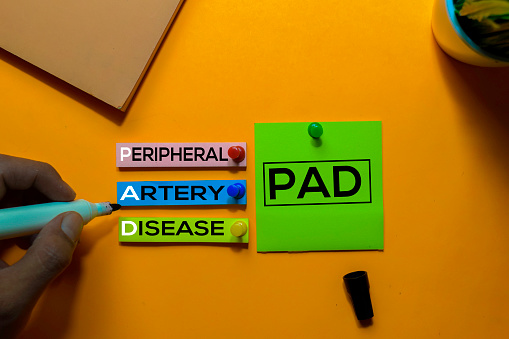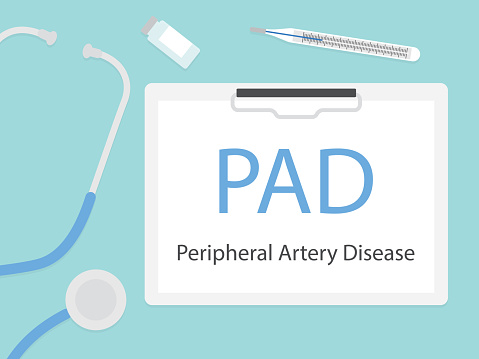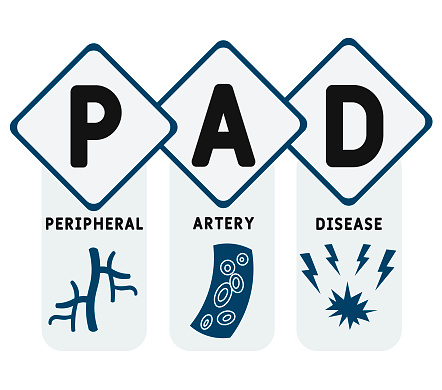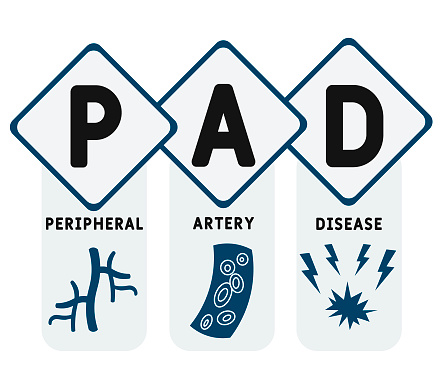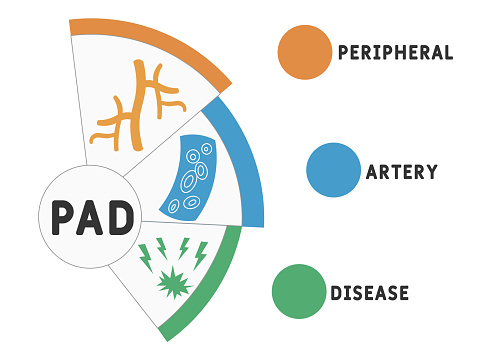YouTube videos that cover both COVID-19 and peripheral artery disease (PAD) are widely viewed, but poor quality, according to a study published in Cureus.
This study took place from October 1-5, 2020. Two cardiologists (CB and ES) performed online searches using the terms COVID-19/coronavirus while pairing the terms with common keywords about PAD; including ‘peripheral artery disease + COVID-19,’ ‘leg pain + coronavirus,’ ‘leg vascular disease + COVID-19,’ ‘atherosclerosis + COVID-19,’ and ‘claudication + coronavirus.’ For each video, the researchers noted, a record was made of the number of days on YouTube, length, number of views and comments, and the number of ‘likes’ and ‘dislikes’.
The researchers categorized the content as either informative videos (with accurate content about the frequency of disease, symptoms, transmission, prevention techniques, and proven treatment methods), patient experience videos (with patient testimonies), or news update videos (i.e., those uploaded by professional news channels). Overall, 91 YouTube videos were analyzed, with DISCERN, Medical Information and Content Index (MICI) evaluated.
The results showed that news update videos were the most watched when compared with informative and patient experience videos (63,910 views vs 43,725 views vs19,778 views, p=0.032). The DISCERN score was significantly higher in the informative group: 2.8 for informative videos, 1.7 for patients’ experience videos, and 1.8 for news update videos (p= 0.001), the researchers noted. The mean MICI score was calculated as 3.7±1.4 points for informative videos. The results showed that the most common theme watched was clinical symptoms in the informative videos (82.4%).
The researchers concluded: “YouTube videos about COVID-19 and PAD are widely-viewed information sources for patients. Our study has demonstrated that YouTube videos about COVID-19 and PAD generally had poor quality content.”
Link: https://pubmed.ncbi.nlm.nih.gov/34367806/
Keywords: covid-19, discern score, peripheral artery disease, YouTube


